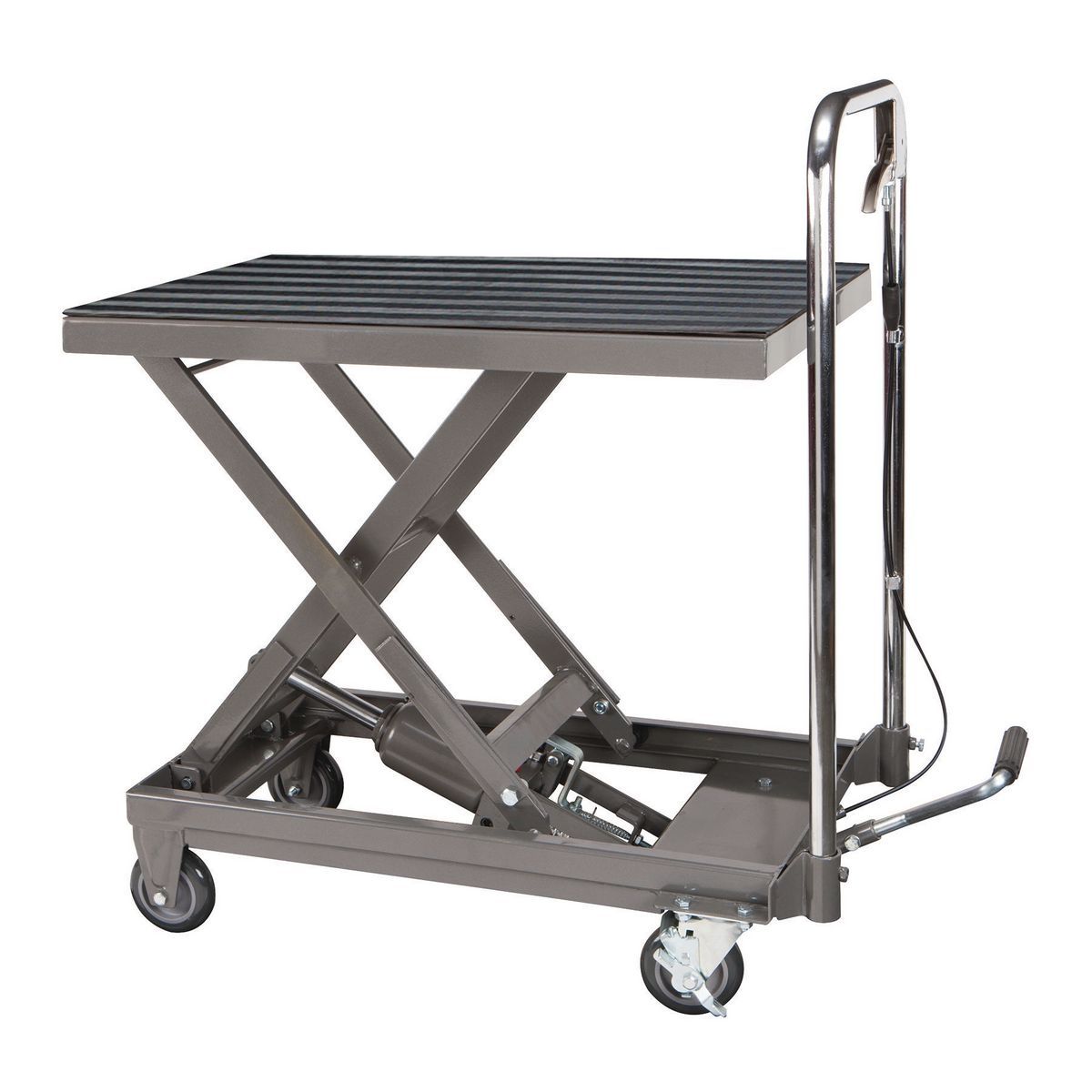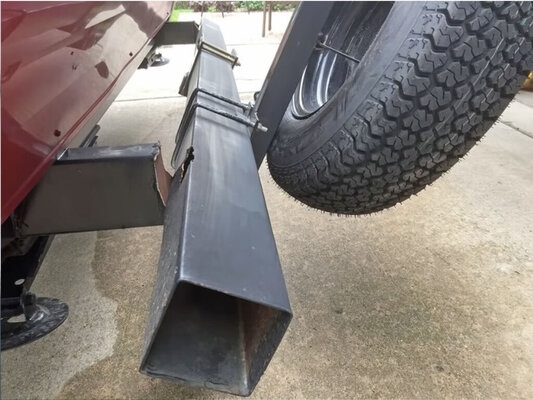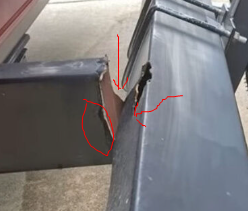ButchW
Well-known member
I stored my gen set on one of these, then just rolled it up to truck bed, jacked up, and slid it on to the tailgate... No more lifting...I really like that Ironmax with the fold down ramp. It would allow me to carry my gen which weighs 140lbs and roll it off when I need it. At 140lbs it's just a little too heavy and awkward for me to lift in and out of the truck bed by myself.
The receiver hitch on the back of the 5er says 300lbs max. Seems like it would be ok.

500 lb. Capacity Hydraulic Table Cart
Amazing deals on this 500Lb Hydraulic Table Cart at Harbor Freight. Quality tools & low prices.


